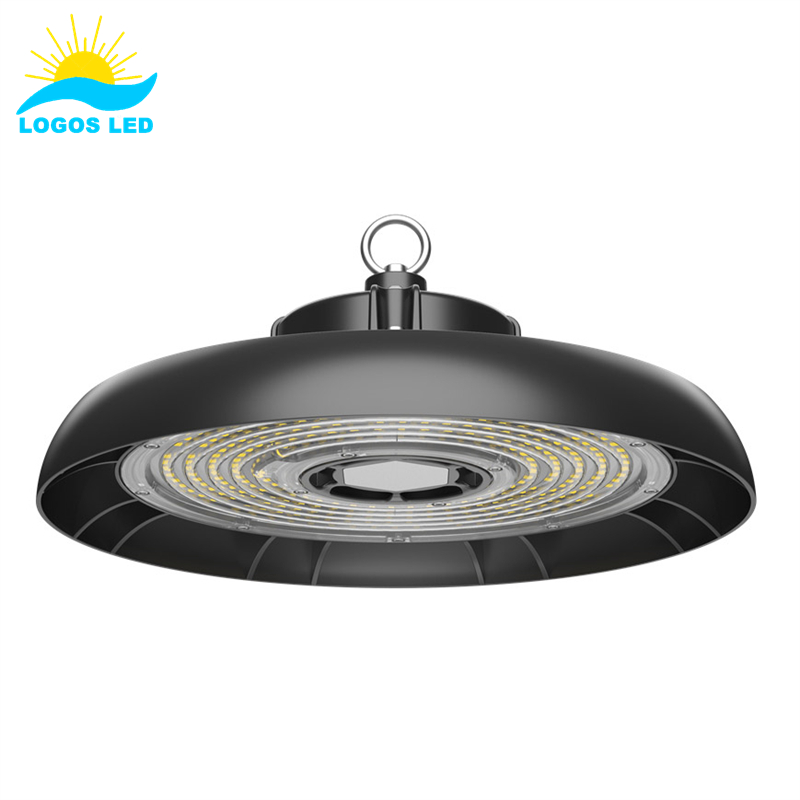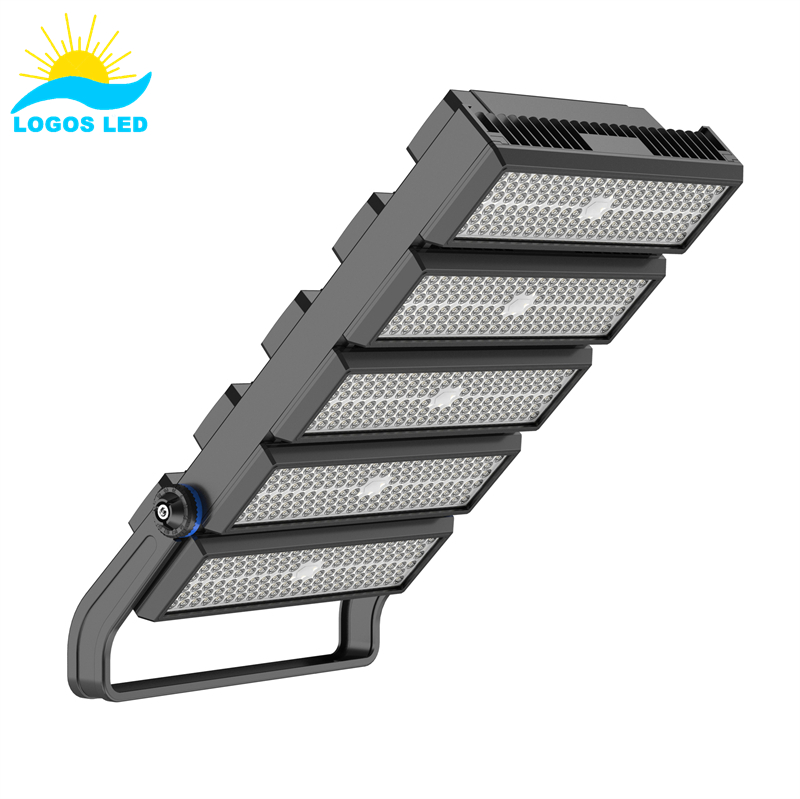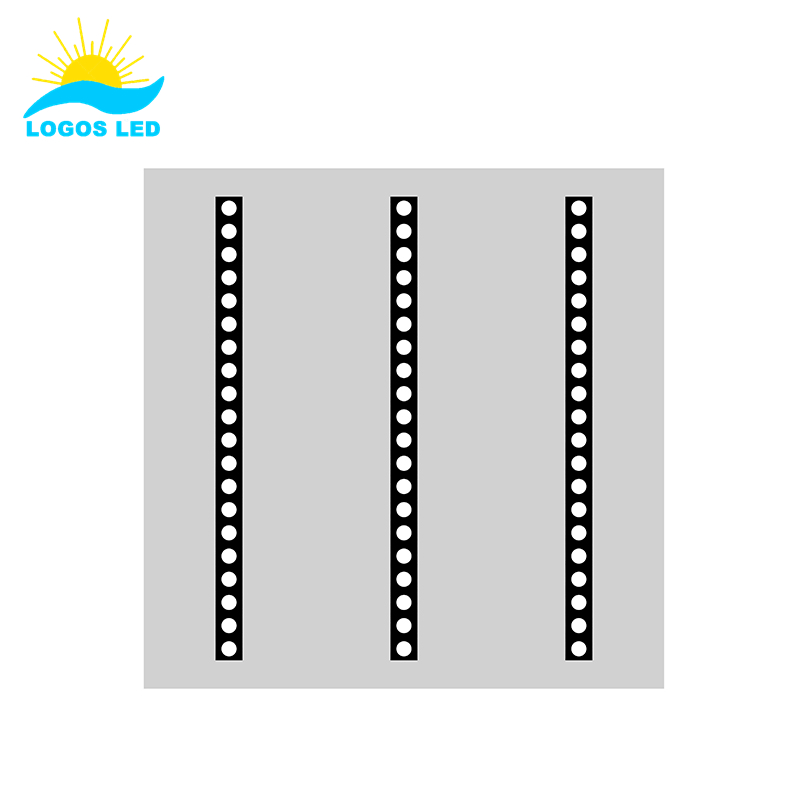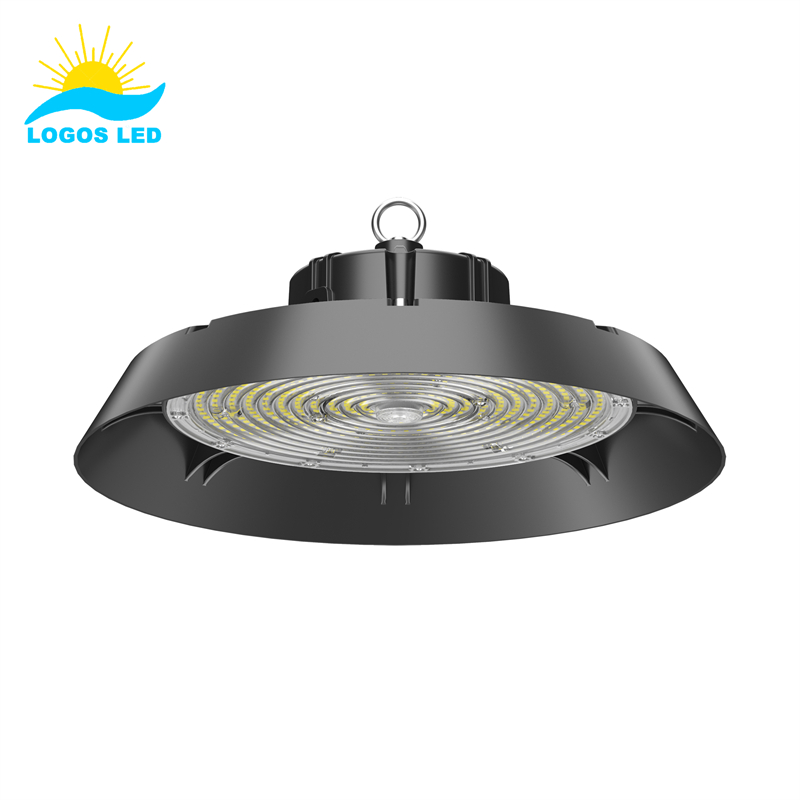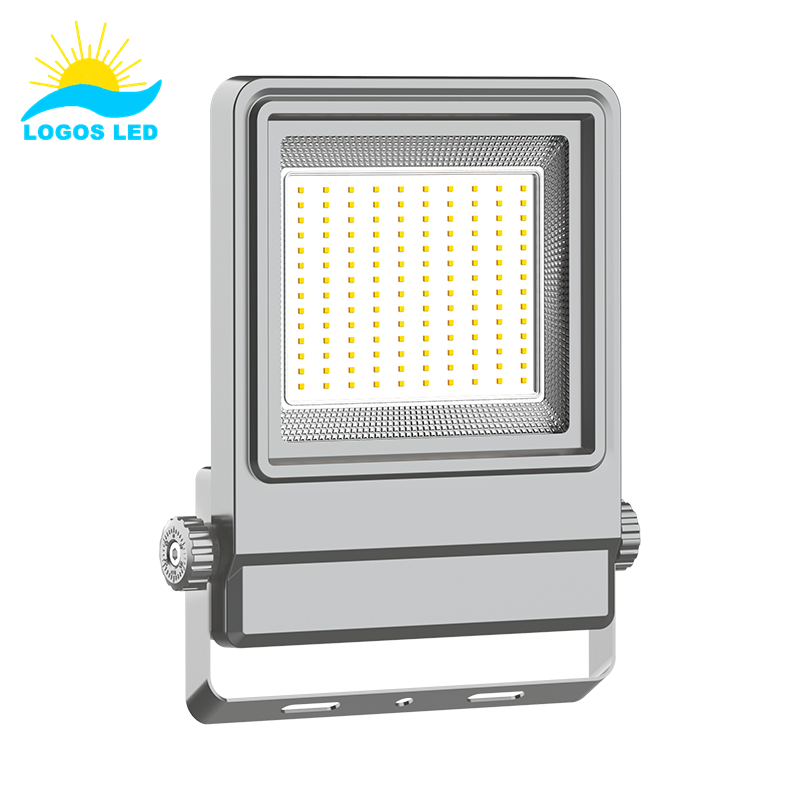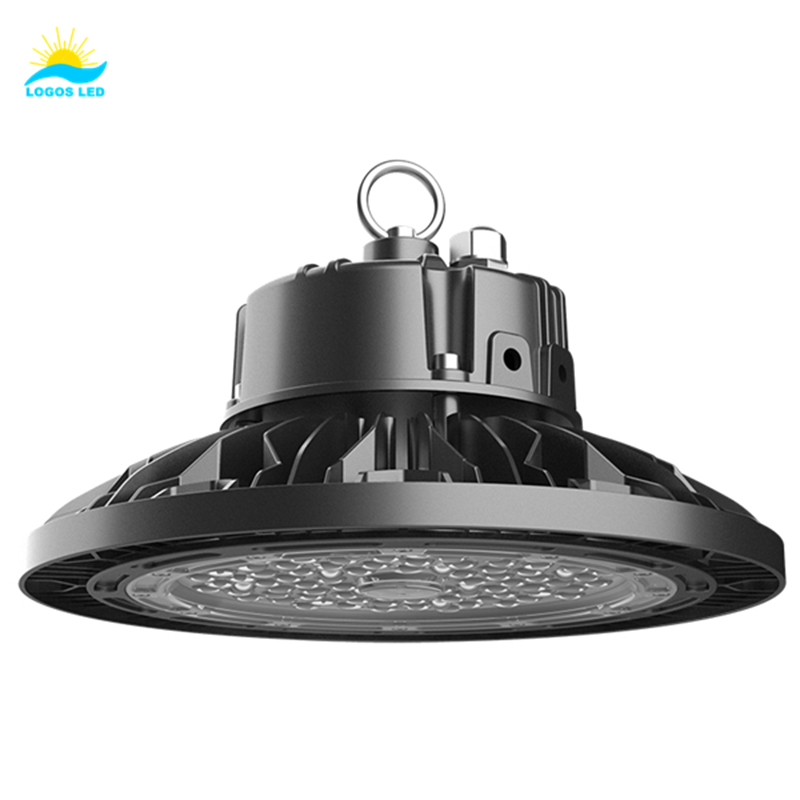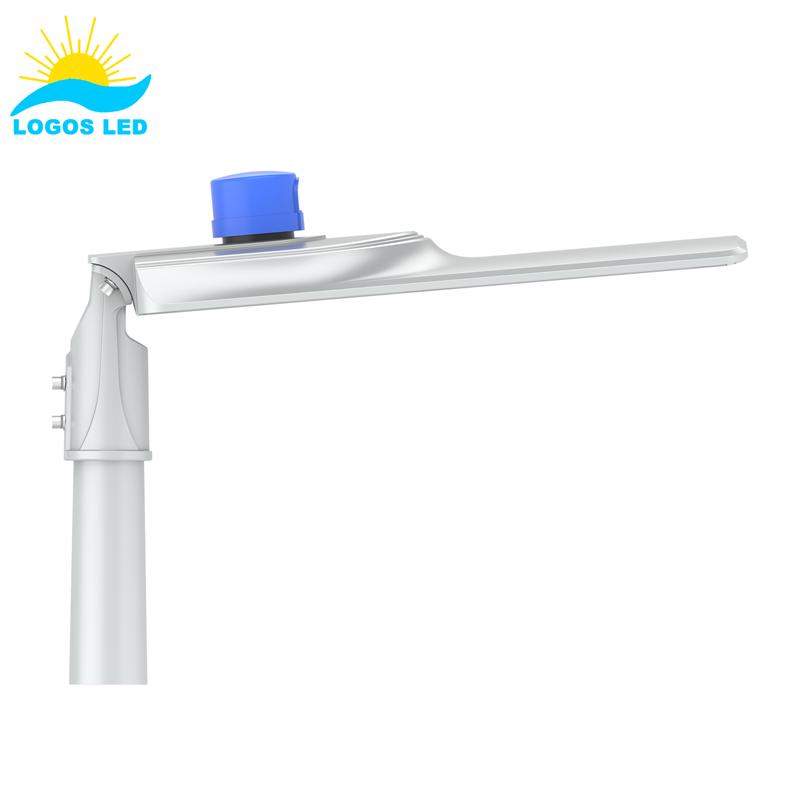Table of Contents
Struggling with bad lighting in your spaces? If you have bad light distribution, you end up with areas where you can’t see and areas that are too bright. Knowing the different types of light distribution will help you find the right solution for your needs.
Choosing the right light distribution is critical to having good lighting. This article will help you know the different types of light distribution and where to use them so you can make good decisions for your lighting needs.
The Illuminating Engineering Society of North America (IESNA) has a classification system for light distribution types that describes how light spreads out on a horizontal plane. This system is important if you’re designing outdoor lighting for roadways, sidewalks, parking lots, or any other application where you want to make sure you get the light spread efficiently and effectively where you want it.
Stay tuned as we dive into each of these types of light distribution and where you should use them.
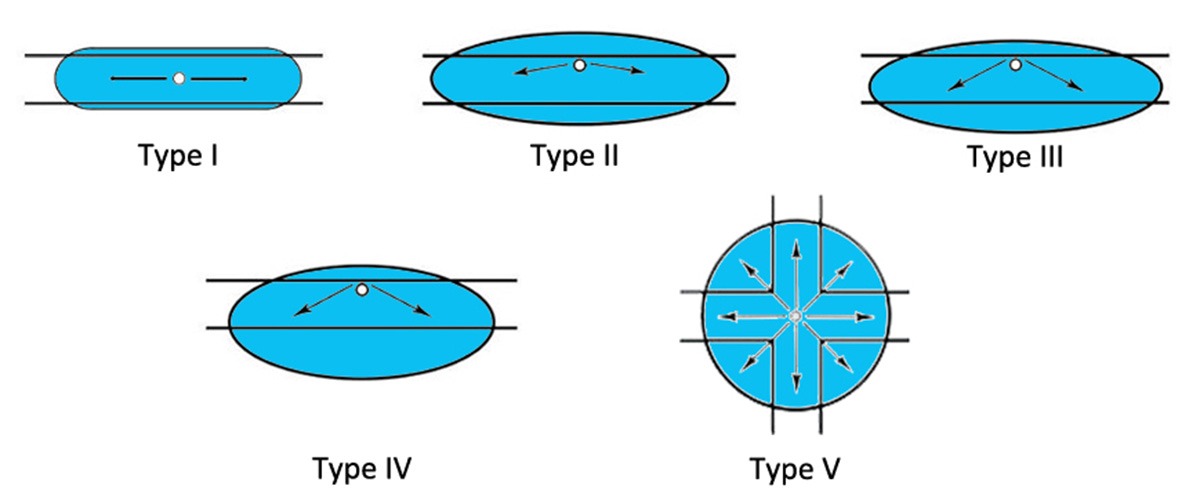
IESNA lighting distribution types
Type I
Type I light distribution is for pathways and narrow areas where you want direction light. It has a two-way lateral spread. You’ll see this type of distribution used for illuminating walkways, sidewalks, and small roads. The primary intensity cone has a width of about 15 degrees. It throws light forward and backward down the path you’re lighting. This type of distribution is great when you need to concentrate light in certain areas along the path for visibility and safety. The biggest benefit of Type I distribution is that it puts light exactly where it’s needed. You don’t waste light. You get good lighting on the walkway, which makes it look good and makes it safe for people to walk on at night.
Type II
Type II light distribution is for wider walkways, entrance roadways, and other long, narrow areas. It has a slightly wider lateral spread of 25 degrees. This type of distribution is great when the width of the area you want to light is no more than 1.75 times the mounting height of the light fixture. You’ll use this type of distribution to light smaller side streets, larger sidewalks, and jogging paths. It’s designed to light the area underneath and spread the light out to the sides. This type of light distribution allows you to light the area well, so people can see to walk or drive, but not have light spill over everywhere.
Type III
Type III light distribution is for big areas. You’ll use this type of distribution to light roadways, parking lots, and other big areas. It has a medium-wide lateral spread of 40 degrees. You’ll mount this type of distribution on the sides of the areas you want to light. It’s designed to light an area where the width of the road or space is no more than 2.75 times the height of the light pole. Type III lights throw light out and to the sides. This type of light distribution allows you to light a big area with good, uniform light. This type of light is great when you need to light a large area and have both safety and visibility across the entire area without creating a bunch of glare or light pollution.
Type IV
Type IV light distribution is for lighting the outside edges of big areas like parking lots and business complexes. It has a semicircular spread with a wide lateral width of 60 degrees. You’ll mount this type of distribution on the sides of buildings or on the outside edges of big open areas. Type IV fixtures throw a lot of light over a big area. This type of light distribution is great when you need to light the outside edges of properties. Lighting the outside edges of your property is important for safety and security. Good lighting helps prevent crime and accidents around the edges of your property. You’ll use this type of light distribution when you want to light an area where the width of the road or space is no more than 3.7 times the height of the light pole.
Type V
Type V light distribution is different from the other types because it’s a circle. You’ll use this type of distribution when you’re mounting the light in or near the center of a big, open area. You’ll use it for the middle of intersections, the middle islands in a big parkway, or big parking lots. The circle of Type V light distribution makes sure the light goes out in a big circle. It doesn’t matter what angle you’re looking at it from. This type of light distribution is great when you need to light a big area, and you want to make sure the light is spread out in all directions equally. This type of light distribution is great when you need to light a big area, and you want to make sure the light is spread out in all directions equally.
What are the main differences between IESNA and NEMA lighting distribution types?
The main differences between IESNA and NEMA lighting distribution types are how they classify them and the typical applications for each type.
IESNA Light Distribution Types
IESNA classifies light distribution patterns based on the distribution of light in a horizontal plane, useful for determining how light covers an area. The types are defined by the point where half of the luminous intensity reaches, offering guidance for outdoor lighting systems such as roadways, parking lots, and pedestrian paths. The types range from Type I, which lights narrow areas like pathways from a central position, to Type V, which disperses light symmetrically in a circular pattern suitable for large open areas.
NEMA Beam Spread Types
Conversely, NEMA focuses on the beam spread of light, categorized by both vertical and horizontal angles where the light intensity falls to 10% of the maximum. This classification is particularly relevant for floodlights and spotlights. NEMA types range from Type 1, featuring very narrow beams ideal for illuminating distant objects, to Type 7, which offers a very wide beam suitable for close range lighting.
In essence, IESNA distribution types are for area lighting. They’re about how the light spreads out across a plane. They’re for general and wide area outdoor lighting. NEMA types are about how the light spreads out in certain angles. They’re for focused and directed lighting both inside and outside. You need to know both types to pick the right fixtures for your lighting project.
How do IESNA and NEMA classifications differ in terms of beam angle?
IESNA (Illuminating Engineering Society of North America) and NEMA (National Electrical Manufacturers Association) have different ways of describing how wide the light spreads out of a fixture. Here’s how IESNA does it:
IESNA Classifications
IESNA classifies light distribution into five main types (I to V). IESNA looks at how the light spreads out on a horizontal surface. This is important for outdoor lighting like roadways and parking lots. They measure the beam angle where the light is at 50% of the maximum candela. This tells you how wide the light is going to spread out relative to the mounting height of the light fixture. Type I lights are for a narrow path. Type V lights are for a circle in a big open area.
NEMA Classifications
NEMA classifications detail both vertical and horizontal beam angles, crucial for precision in directional lighting such as floodlights and spotlights. NEMA defines beam spread in degrees. They define the angles where the light is at 50% and 10% of the maximum. This is important because it allows you to control the light for your specific needs.
Here’s a quick recap of the differences:
- How They Measure: IESNA measures the horizontal spread at the half-maximum candela. NEMA measures the specific angles where the light is at 50% and 10%.
- What They’re For: IESNA classifications are tailored for area lighting with broader applications, while NEMA is better suited for specific, targeted lighting scenarios such as floodlighting and spotlighting.
- Types of Classifications: IESNA offers types based on the shape of light distribution, and NEMA provides a spectrum of types defined strictly by beam angles.
How many Nema street light distributions are there?
NEMA classifies beam spreads into seven types. They range from very narrow to very wide. Knowing these types helps you select the right light for different distances and areas. This makes it easier to choose the right light for your outdoor and industrial lighting needs. It also makes it easier to have good lighting while saving energy.
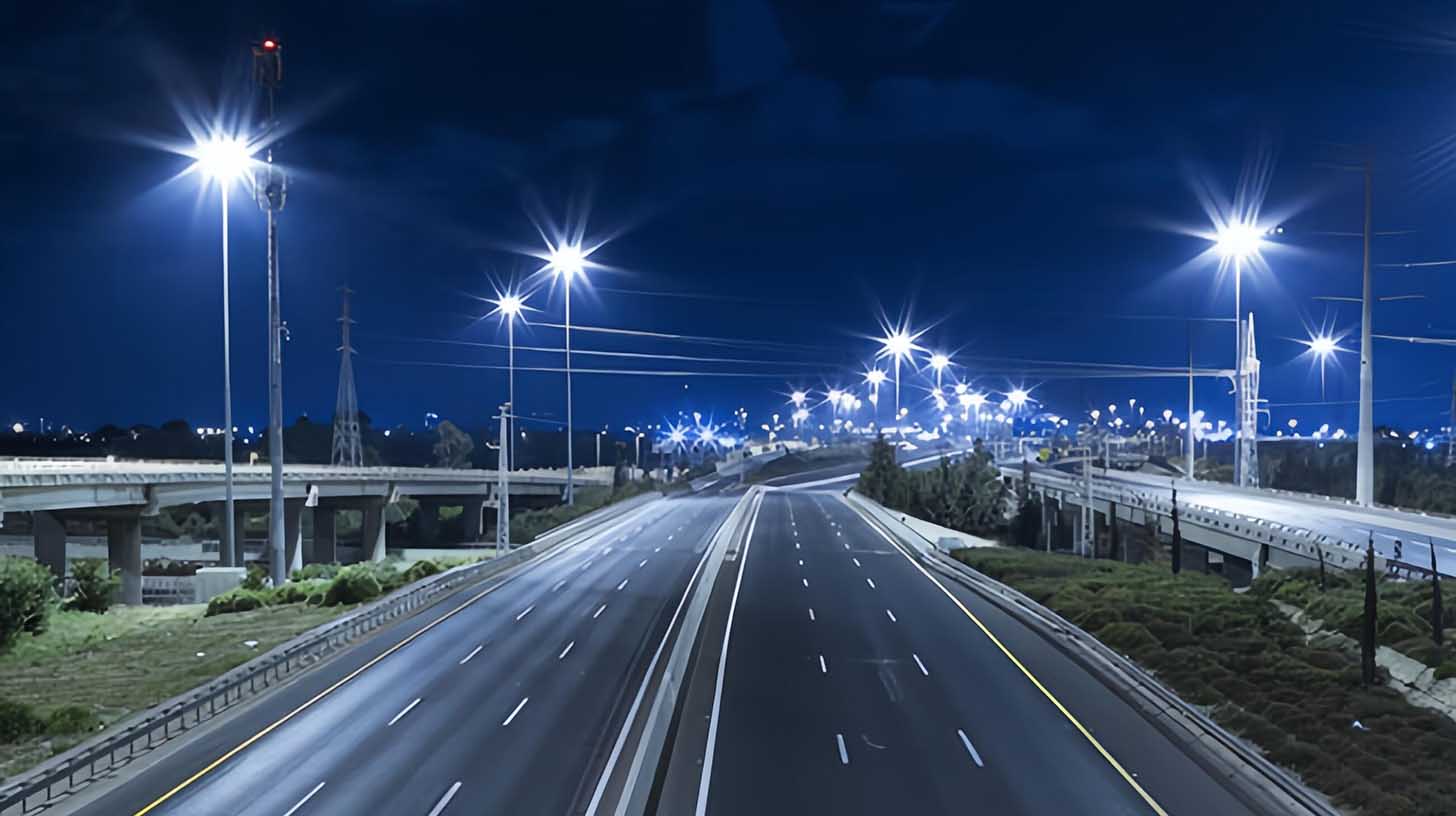
What is the best beam angle for landscape lighting?
For landscape lighting, the beam angle you want depends on how big the area is and how much of it you want to light up. You’ll use a narrow beam angle to highlight a specific thing. You’ll use a wide beam angle to light up a big area. You need to match the beam angle to the height you’re mounting the light and the size of the area you want to light up. This makes your outdoor lighting look good and work right.
What is the distribution of light in all directions?
Type V is a circle. This type of distribution is good when you need light spread out in all directions equally. It’s good for big areas like the middle of intersections and big parking lots. It makes sure there are no dark spots. It’s good for safety and visibility.
How to read a lighting distribution diagram?
A lighting distribution diagram shows how the light comes out of a fixture in a bunch of different directions. It’s also called a photometric curve. Understanding how to read a lighting distribution diagram means understanding what the photometric curve is telling you about how the light comes out of the fixture. These diagrams help you plan where to put your lights to get the light where you need it.
Can light travel in different directions?
Absolutely. You can aim light in different patterns based on the design of the light fixture and the way you put it up. You need to be able to aim light in order to do things like street lighting or architectural lighting where you want to aim the light to be able to see better, be safe, or look pretty.
What is the difference between C0 and C90?
The terms C0 and C90 refer to the angles on a photometric plane that denote light distribution. C0 is along the length of the luminaire, and C90 is perpendicular to C0. The difference highlights the directionality of light, important in planning where and how to place light fixtures in an environment.
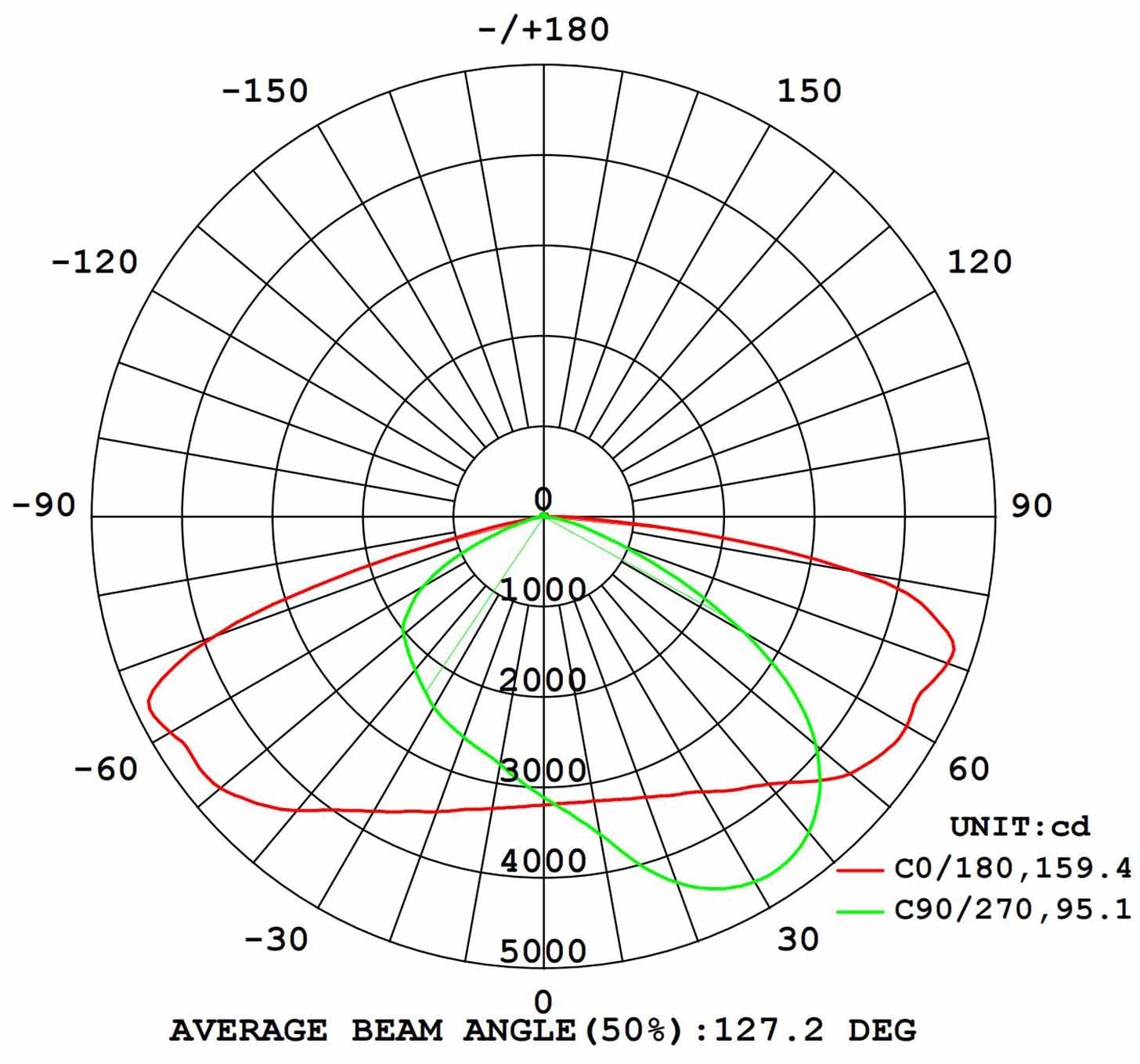
Stellar LED Street Light Distributions Type II
What is the distribution of light called?
The way light comes out of a light fixture is described as Type I, II, III, IV, or V. Those types tell you where the light goes and how it spreads out. This helps you pick the right light so you don’t waste light and get the most out of your light.
Conclusion
In conclusion, choosing the right type of light distribution is essential for effective illumination. Each type has its benefits and applications, ensuring that whether you are lighting a narrow pathway or a large parking lot, you have the right tools to do so efficiently and effectively. For more information or to discuss your specific lighting needs, feel free to contact us at Logos Lighting.
Request A Free Quote Now!
Send us a message if you have any questions or request a quote. We will get back to you ASAP!



